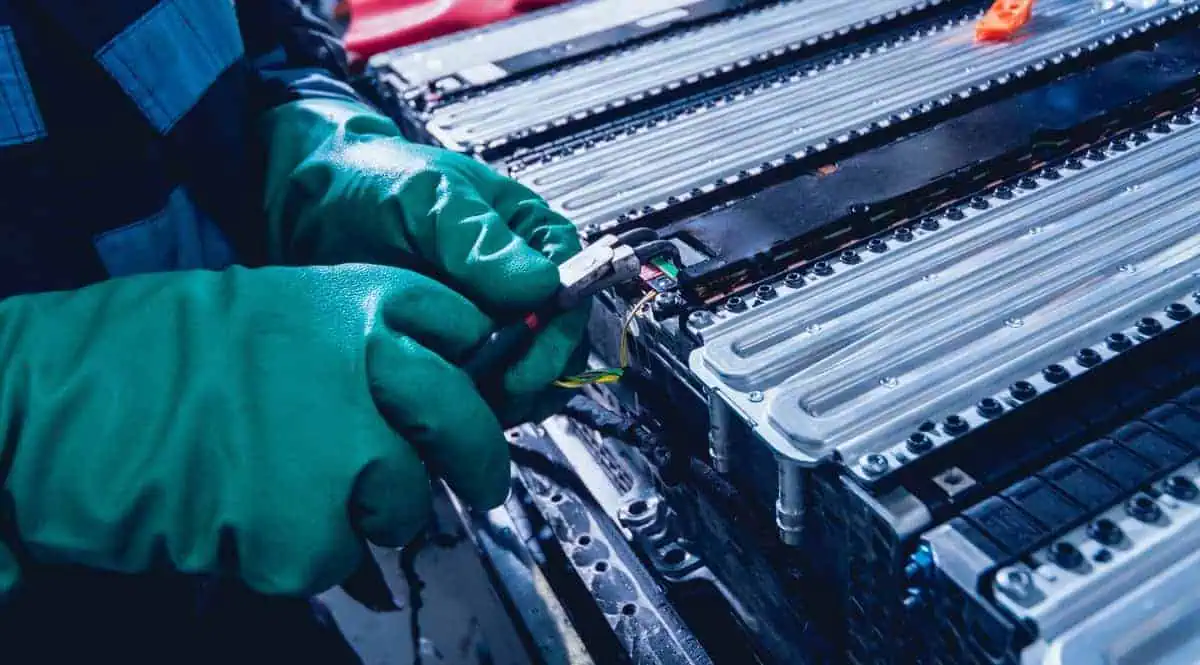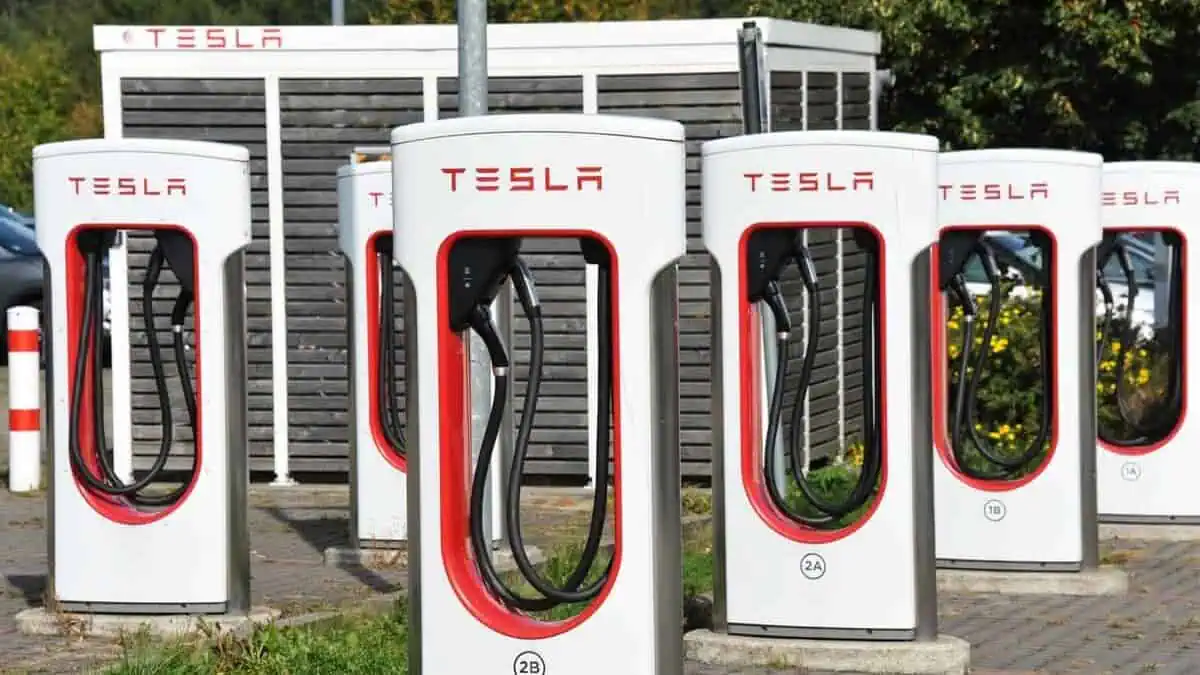On Wednesday, the Biden administration announced the $2.8 billion grant to 12 states to boost domestic battery production. A total of 20 companies will receive funds for projects aimed at reducing the reliance of the United States on imports for its supply of essential minerals, as per TechCrunch.
The Biden Administration is introducing the “American Battery Material Initiative” to support the supply chains of minerals for US-based automakers.
This government initiative is the first stage of $7 billion from President Biden’s Infrastructure Law. It aims to lessen the US’ reliance on China for battery supply and production as the demand for electric vehicles intensifies.
According to the DOE, the 20 companies will work “to extract and process lithium, graphite and other battery materials, manufacture components and demonstrate new ways of acquiring critical materials, including battery recycling, domestically or within free trade agreement countries,” as per the report.
In addition, Electrek reported that some of the funds would be allocated to building the following facilities in the US:
· An electrode binder facility
o Capable of supplying 45% of the US’ anticipated demand for binders for EV batteries by 2030
· The first commercial scale US silicon oxide production facilities
o To supply anode materials
· The first lithium iron phosphate cathode facility in the US
The companies that received funding were not identified by the DOE. However, some companies have already confirmed that they will be receiving funds as per the report:
- Amprius Technologies – $50 million
- Anovion Battery Technologies – $117 million
- Cirba Solutions – $75 million
- Sila – $100 million
Gene Berdichevsky, Sila’s co-founder and CEO revealed to TechCrunch that his company received $100 million from the fund under the Infrastructure Law. Remarkably, Sila’s concept is to have the silicon replace the graphite in the anode.
The company claims that in addition to producing superior batteries, this process also eliminates the supply chain problems associated with obtaining graphite from China. The funds will go toward Sila’s future Moses Lake, Washington facility, which will have a capacity of 10 gigawatt-hours per year.
According to the DOE, grantees are expected to contribute a matching amount of over $9 billion to the federal investment. This will help President Biden’s aim of having all new vehicle sales be electric by 2030.
It is also worth noting that the newly passed Inflation Reduction Act has strict standards. It requires that crucial battery materials are sourced domestically or from countries with free trade agreements rather than China to qualify for the EVtax credits for up to $7,500.
The DOE expects that the chosen projects will be able to develop the following:
- enough battery-grade lithium to support about 2 million EVs annually
- enough graphite to support 1.2 million EVs annually
- enough nickel to supply about 400,000 EVs annually
One barrier for the United States is that it is a small producer of critical minerals for electric vehicle batteries. It presents an opportunity for domestic battery manufacture as this market expands.
That said, this government initiative will undoubtedly encourage businesses to produce domestically and aid the nation in moving away from imports.






